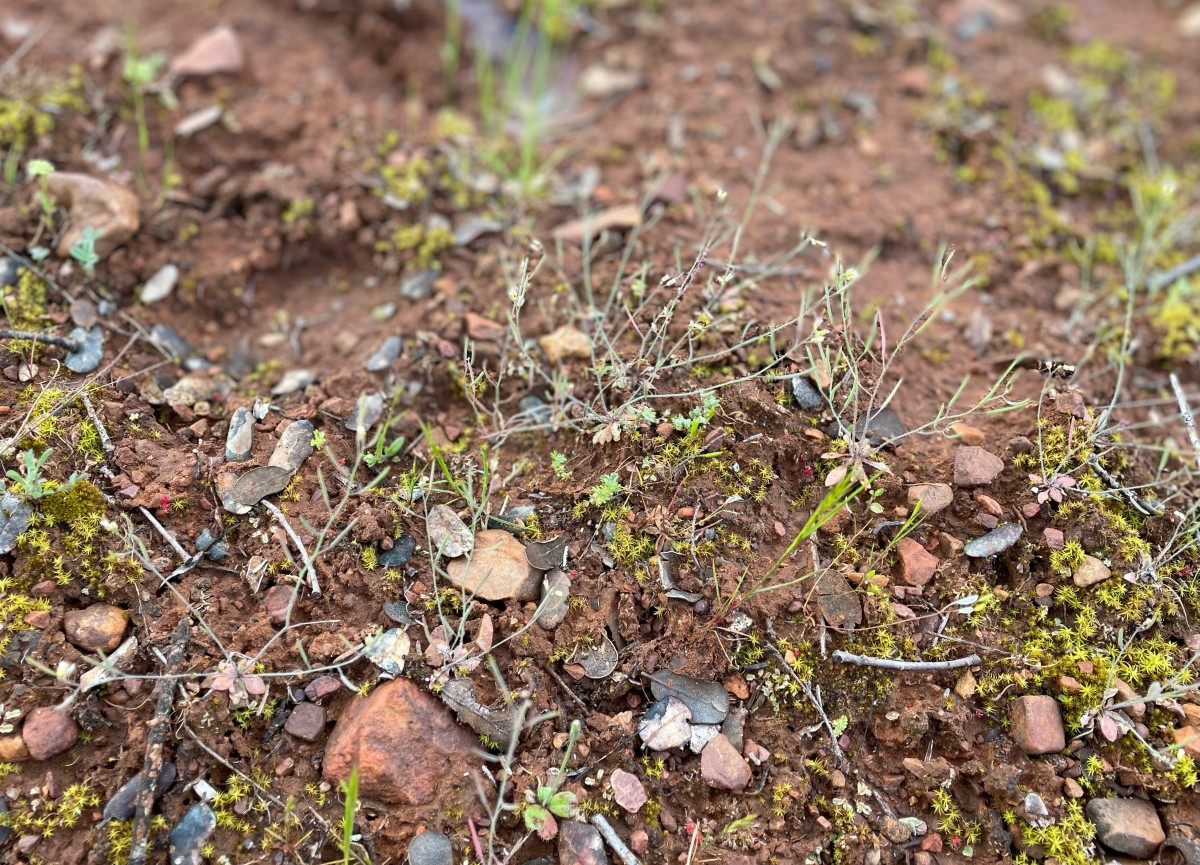[ad_1]
F. Xavier Picó discusses the recent article: ‘Spatio-temporal dynamics of genetic variation at the quantitative and molecular levels within a natural Arabidopsis thaliana population‘. Find out more about the importance of long term monitoring for investigating genetic diversity.
In science, the simplest questions are commonly hard to answer. In the field of plant population biology, the amount of genetic variation that a single population can harbour is one of these questions. The main reason is that a plant population, despite being composed of sessile individuals, must be regarded as a dynamic entity, changing across space and over time. In the last few years, we have learned that temporal changes in genetic diversity, and even in quantitative variation in traits, can be fast in annual plant populations. Hence, any attempt to quantify the amount of genetic variation in a plant population will represent a snapshot of a particular moment in the history of that population. Another important problem has to do with the number of individuals sampled to estimate genetic variation in a given location and at a particular time.
To this end, we commonly sample aboveground individuals, which always represent a small fraction of the total population, as most individuals occur as seeds buried in the soil seed bank. Thus, it is clear that a single sampling effort will always provide biased estimates on the extent of the genetic variation within a population. Despite the efforts of population genetics theory to infer demographic and evolutionary patterns from sampling designs covering a tiny fraction of the total genetic variation, we still miss the big picture about the amount of genetic variation contained in a plant population that, although it may seem otherwise, is in continuous motion.
To address this knotty question, we repeatedly sampled a natural population of the annual plant Arabidopsis thaliana in central Spain, across an area of 7.4 ha over 10 years, to capture a more complete fraction of the genetic variation (quantitative and molecular) within the population. Our repeated sampling encompassed very different years, which determined the number and distribution of individuals in the population, thus reducing the inherent bias of single sampling designs. This enabled us to obtain a broader, more realistic view of the enormous amount of genetic variation that a natural A. thaliana population, which we know that remained undisturbed for long time, can harbour. In particular, we detected new genotypes at every sampling year, regardless of the year and vegetation type, suggesting that we might still be far from understanding how spatial and temporal environmental heterogeneity affects the genetic composition of the population over time.
On top of the seemingly endless genetic variation within this A. thaliana population, we found that genetic relatedness among individuals represents the best predictor of variation in life-cycle traits, once again regardless of the year and vegetation type. This is an important take-home message for plant ecologists because purely genetic attributes, and not biological or ecological ones, emerged as the most important drivers of phenotypic variation, whose identification is a major goal in plant ecology. Overall, our study highlights the importance of genetic approaches in ecological studies whilst stressing the fact that, I am sad to say, we keep ignoring how much genetic variation exists in a plant population. Thus, there is no other option but to keep sampling and studying this and others natural A. thaliana populations.
F. Xavier Picó Estación Biológica de Doñana (EBD-CSIC), Spain
Read the full article online: ‘Spatio-temporal dynamics of genetic variation at the quantitative and molecular levels within a natural Arabidopsis thaliana population‘.
[ad_2]
Source link
